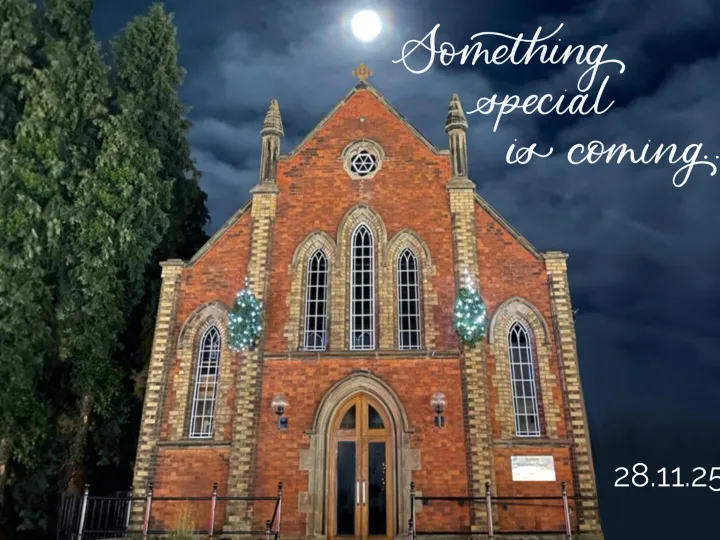So Where Do You Come From


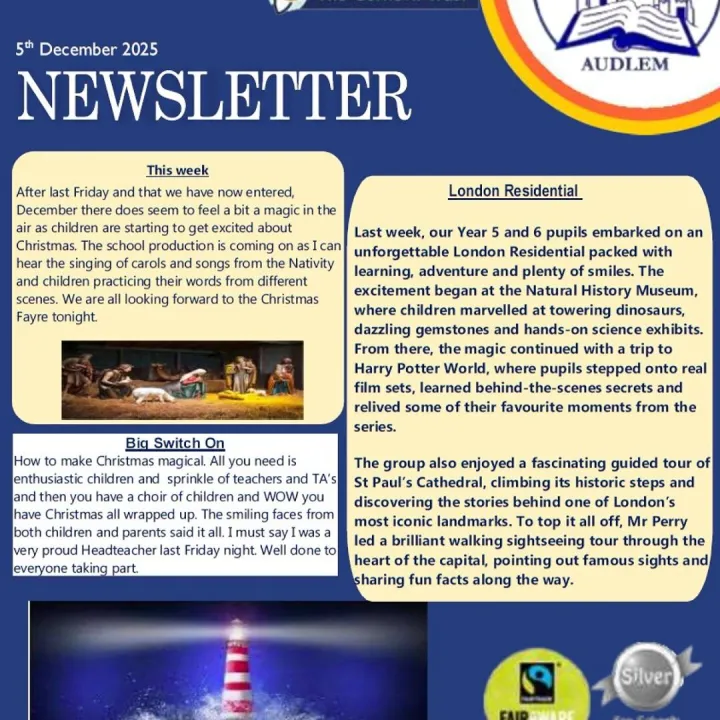


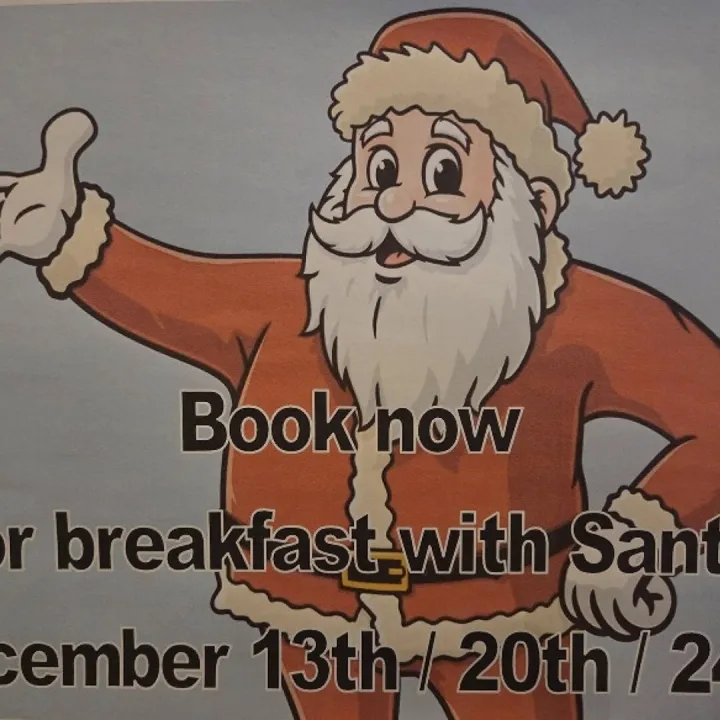

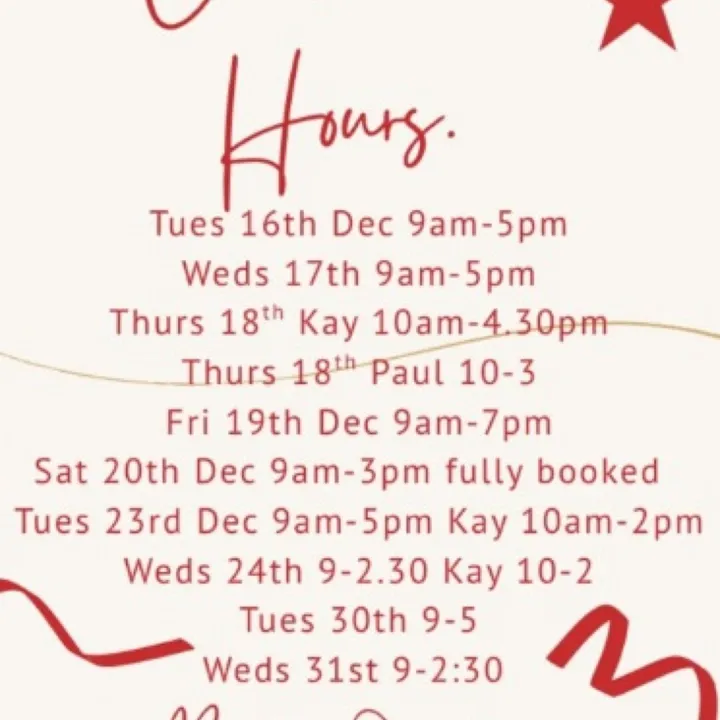
So where do you come from? by Adrian Leighton
On my wanderings around Turnpike Fields and along the Towpath, my interest has been drawn to some unexpected residents. I am talking of the plant variety!.
On Turnpike Fields we have an area of interesting bio-diversity created by the dumping in past years of soil and debris from house and garden renovations. Although to some it may seem rather untidy, the resultant habit has favoured plants, insects and mammals. It is a genuine piece of natural "re-wilding". In amongst the natural colonists have also been refugees from the domestic scene .
Last year our surveying of the Fields recorded a number of these. The most prominent were Dame's Violets (pictured), Purple Violets, Spanish Bluebells, Evening Primrose and Crocosmia (Montbretia). All of these you may be familiar with in your gardens, but now they have found a home in this wild area along side our wild native species. Also in early Spring can be found crocuses and daffodils (of various varieties) which may have been planted or somehow found their way there.
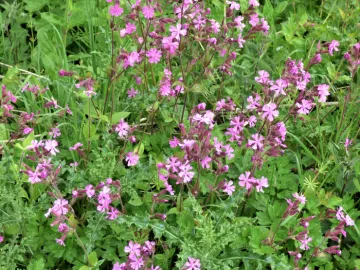
The other notable success in transitioning from domestic to wild are the the Snowdrops which year by year are spreading in our wilder areas. Although we may just see snowdrops, what we see are a number of hybrid varieties – yes, not all snowdrops are the same.
Whilst most of these arrivals can be understood as coming from human habitation nearby there are others which present a mystery.
There are two in particular which I have noted on my surveying of the Canal Towpath.
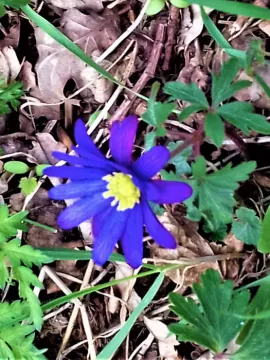
The first I spotted four or five years ago and consists of a single plant. It is a Star of Bethlehem flower. It has a small white flower not too dissimilar to the Alpine Edelweiss. This delicate flower has made its home next to the towpath in the wooded area beyond Lock1. It flowers in early May which is very unfortunate for it, as its position and time of flowering make it vulnerable to the men with strimmers.
Some years it has not had the opportunity to flower at all before it gets chopped and on other years to flower only for a very short time. It gets its name from a story that it is a fragment of the star familiar in the Christmas Story. In the past it has been ascribed mystic properties and can be found in Leonardo Da Vinci paintings.
In some parts of N. America , it is regarded as a noxious pernicious invasive weed! The plant also called the garden star-of-bethlehem, grass lily, nap-at-noon, or eleven-o'clock lady, a species of the family Ornithogalum, is a perennial bulbous flowering plant in the asparagus family. But how did it get where it is? What journey has it undertaken?
Recently I came across another of these "strays". Further along the towpath tucked in the bank, miles from anywhere, were a couple of Windflower plants. There are a number of types commercially available to gardeners. The ones I saw were the blue Winter Windflower or Sapphire Anemone (Anemone Blanda). Originally this plant also came from SE Europe. This is a perennial plant with a bulbous root stock. (Perennial indicates that the plants lives for a number of years unlike Annuals or Biennials). Other names it goes by are Thimbleweed and Smell Fox which is an allusion to the rather musky odour of the leaves. I have not seen this flower in this place before so I wonder how it got there.
Of course not all the species that venture into our wild world are as innocuous as these two plants. Some find life so comfortable that they take over the place with the detriment to our native plants and habitats. The notorious Himalayan Balsam and Japanese Knotweed imported as garden plants have gone rogue with devastating consequences. Some like the Spanish Bluebell have hybridised with our English variety leading to the lose of our native species.

In the animal world as well, the American Crayfish have badly affected our waterways and the originally imported Grey Squirrels has lead to the demise of our Red Squirrel populations. In recent years we have been asked to look out for the invasive Harlequin Ladybird as it was a rampant species which could affect out native ladybirds. The jury is still out on this one as we have yet to see a clear decline in our native species, although Harlequins are quite numerous.
Of course when looking at our native plants there is the question, how long does it take to be regarded as native. So many of those we regard as native to our shores have arrived by natural means or human introduction down the centuries. With the changing of the climate we are likely to see more escapees, of all kinds, to our "cooler" climes.
Get In Touch
AudlemOnline is powered by our active community.
Please send us your news and views using the button below:
Email: editor@audlem.org


